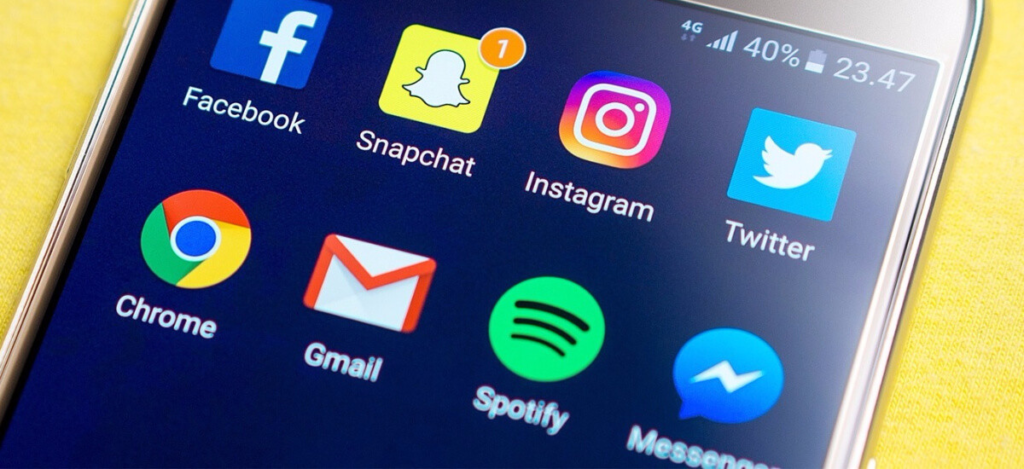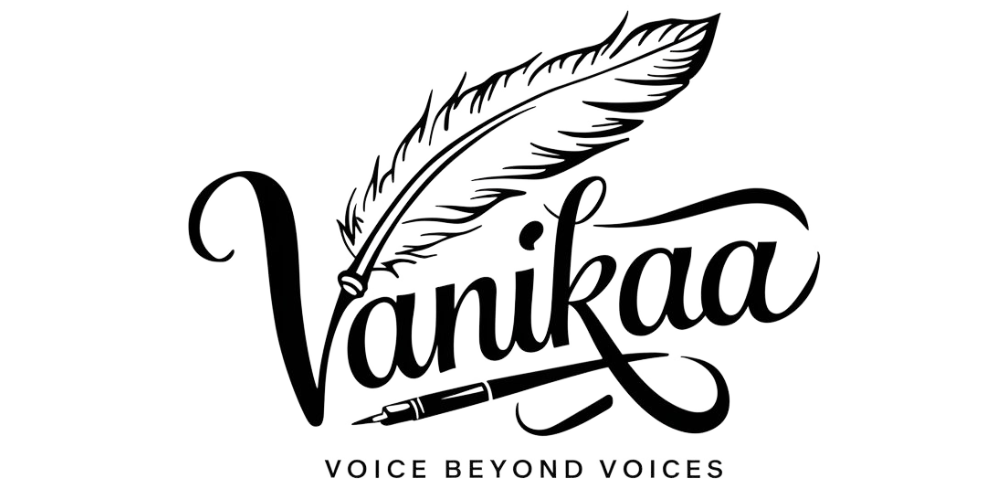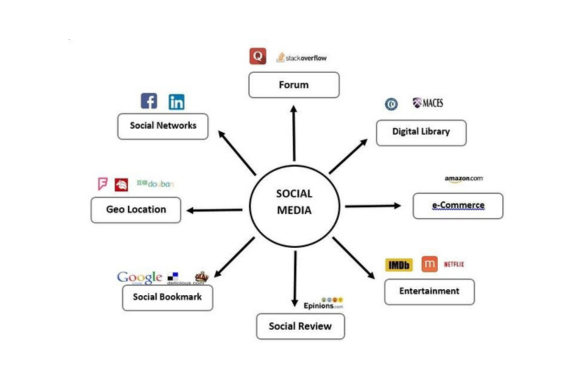Imagine a place where your social media posts aren’t just words on a screen, but sparks that ignite conversations. A space where your followers aren’t mere numbers, but a community of like-minded individuals.
That’s the magic of The Social Hub.
In this guide, we’ll navigate the features, tips, and tricks to help you make the most of this digital haven.

From crafting captivating content that resonates with your audience to building a strong online brand, we’ll explore the essential elements of social media success. Discover how to leverage The Social Hub’s powerful tools to measure your impact, engage with your community, and achieve your goals.
Whether you’re an individual looking to expand your network or a business aiming to increase brand visibility, this guide will equip you with the knowledge and strategies needed to thrive in the digital age.
What is a Social Hub?
A Social Hub is a platform or a tool that aggregates content from various social media channels into a single, unified interface. It acts as a centralized space where brands can showcase social media posts, user-generated content (UGC), live feeds, and more, enabling users to engage with content from different platforms without leaving the hub.
What is the Purpose of a Social Hub?
The primary goal of a Social-Hub is to enhance brand visibility and engagement by consolidating content in one place. It allows users to interact with a brand’s content in a seamless manner, fostering a sense of community and connection. Social-hubs are used for various purposes, including brand marketing, event engagement, community building, and content curation.

What Are the Key Components of a Social Hub?
- Content Aggregation: Automatically gathers and displays content from multiple social media channels such as Instagram, Twitter, Facebook, and LinkedIn.
- Cross-Platform Integration: Supports integration with various platforms, allowing content from different sources to be displayed in real-time.
- User Engagement Features: Includes features like likes, comments, and shares to boost interaction.
- Customization Options: Allows branding elements like colors, logos, and layouts to be personalized.
READ MORE: ChatGPT vs. Google Gemini: Which Is Better?
What Are the Types of Social Hubs?
Content Aggregation Hubs
Content aggregation hubs focus on gathering and displaying content from various sources. These are ideal for brands looking to showcase user-generated content, social proof, or curated posts. These hubs provide a unified view of brand activity across social channels.
Examples: Platforms like Taggbox and Curator.io specialize in creating content aggregation hubs.
Event-Based Social Hubs
Event-based hubs are designed for live events, whether in-person or virtual. They capture real-time social media content related to the event, offering attendees a dynamic feed of live updates, images, and videos. These hubs are instrumental in enhancing attendee engagement during conferences, webinars, or sports events.

Examples: Large-scale events like the Olympics or industry conferences often use social-hubs to display attendee posts in real time.
Brand Community Hubs
Brand community hubs are designed to foster communities around a brand. These hubs serve as gathering points where fans, customers, or followers can interact, share content, and stay updated with brand activities.
Examples: Some brands create community spaces where users share tips, experiences, and feedback, thus building a stronger relationship with the brand.
What Are the Benefits of Implementing a Social Hub?
Boosting Brand Visibility
Social-hubs bring together content from various sources into one place, amplifying the reach and visibility of your brand. You create a strong visual and interactive presence by featuring user-generated content and brand-related posts in a centralized location.
Enhancing Audience Engagement
Social hubs make it easier for users to engage with your content. Whether it’s a comment, share, or reaction, these hubs increase interaction by allowing users to access multiple content streams from one platform.

Improving Social Proof and Trust
Featuring user-generated content in your social hub builds credibility. When potential customers see real users sharing positive experiences with your brand, it creates trust and encourages others to engage.
Streamlining Content Management
Social-hubs simplify content management by automatically aggregating and curating content from multiple sources. This reduces the need to manually manage posts across different platforms, allowing you to focus on engagement.
READ MORE: How to Use AI Logo Generators to Enhance Your Brand Identity
What Are the Key Features to Look for in a Social Hub?
Cross-Platform Integration
When choosing a social hub, integration is key. Ensure the hub supports all the major platforms your audience uses, from Instagram and Twitter to LinkedIn and YouTube. The more comprehensive the integration, the better your hub can showcase diverse content types.
Customization and Branding
Your social hub should reflect your brand’s identity. Look for platforms that allow you to customize the design, layout, colors, and logo. The ability to match your hub’s aesthetics with your brand will make it more cohesive and visually appealing.

Analytics and Reporting
Data is crucial for understanding the impact of your social hub. Choose a platform that offers analytics, including engagement metrics, sentiment analysis, and content performance. This data helps you refine your strategy and optimize the hub’s content.
Scalability and Flexibility
As your brand grows, your social hub should scale with it. Opt for a platform that offers flexible packages or plans that can accommodate your growing needs without significant disruptions.
Moderation and Control Features
Moderation tools are vital for managing user-generated content and maintaining quality. Ensure the hub allows you to filter spam, moderate comments, and block inappropriate content.
How to Build and Launch a Social Hub
Step 1: Define Your Goals and Audience
Before setting up a social hub, clarify its purpose. Is it for content aggregation, event engagement, or community building? Define your target audience and the type of content they find valuable.
Step 2: Choose the Right Platform or Tool
Research and compare different platforms that offer social hub solutions. Consider factors like ease of use, integration options, customization features, and pricing. Select a platform that aligns with your goals and technical needs.
Step 3: Integrate Social Media Channels
Once you’ve selected a platform, connect it to your social media channels. Set up feeds for the channels you want to include, such as Instagram hashtags, Twitter mentions, or Facebook posts.
Step 4: Customize the Hub for Your Brand
Personalize the hub to reflect your brand’s style. Adjust colors, fonts, layouts, and logos to ensure the hub blends seamlessly with your brand identity. Create a user-friendly design that encourages interaction.
Step 5: Launch and Promote Your Social Hub
Once your hub is set up, promote it across your channels. Use email marketing, social media posts, and paid ads to drive traffic. Encourage users to engage by featuring their content or running campaigns that highlight user-generated posts.
Real-World Examples of Successful Social Hubs
Case Study 1: Event-Based Hub for [Brand Name]
During [Event Name], [Brand Name] created a social hub that aggregated live tweets, Instagram posts, and event updates. This hub became a central point for attendees and viewers to follow the event in real-time. The result was increased social engagement and a surge in hashtag usage, amplifying the event’s reach.

Case Study 2: Brand Community Hub for [Brand Name]
[Brand Name] built a community hub where fans could share their stories, ask questions, and provide feedback. By aggregating content from Twitter, Facebook, and Instagram, the hub became a thriving community space that boosted user engagement and brand loyalty.
Case Study 3: Cross-Platform Content Aggregation Hub for [Brand Name]
For its global campaign, [Brand Name] launched a social hub that featured user-generated content from Instagram, Facebook, and Twitter. The campaign saw a dramatic increase in social proof, with thousands of users contributing to the brand’s message. The social hub allowed the brand to capture a unified message across multiple channels.
SEO and Content Strategy for Your Social Hub
Optimizing Content for Search Engines
SEO is essential for driving traffic to your social hub. Use keyword-rich descriptions, alt text for images, and optimized meta tags. Also, ensure your hub is mobile-friendly and loads quickly.
User-Centric Content Strategies
Tailor the content on your social hub to what your audience wants to see. Use analytics to identify popular posts and user preferences, then curate similar content. Consider integrating polls, quizzes, or interactive content to boost engagement.
Leveraging User-Generated Content (UGC)
User-generated content is a powerful trust signal. Encourage your audience to create and share content using branded hashtags. Displaying this content in your social hub not only boosts trust but also enhances your SEO efforts.
Promoting Your Hub Across Digital Channels
Promote your social hub through email newsletters, social media posts, and paid advertising. Consider collaborating with influencers or running contests to drive more traffic.
What Are the Common Challenges and Solutions in Managing a Social Hub?
Content Overload
With content pouring in from multiple platforms, it’s easy to overwhelm your users. Curate content carefully, highlighting the most relevant and engaging posts. Use filters and categories to make navigation easier.
Platform Integration Issues
Sometimes, platforms may not integrate smoothly with your hub. Before launching, test each integration and work closely with your platform provider to resolve any issues.

Moderation and Spam Control
Spam and irrelevant content can clutter your social hub. Implement strict moderation policies and use automated tools to filter out low-quality content. Manual review should also be part of your moderation strategy.
Scalability Problems
As your social hub grows, so will the volume of content. Make sure your platform can handle increased traffic and content without slowing down. Opt for cloud-based solutions that can scale as needed.
What Are the Future Trends in Social Hubs?
AI-Driven Social Hubs
Artificial intelligence is transforming social hubs by enabling predictive content delivery, sentiment analysis, and personalized experiences. AI-driven hubs will offer dynamic content tailored to individual user preferences.
Personalization at Scale
Future social hubs will provide more personalized experiences. With advanced data analytics, hubs can customize content layouts, recommendations, and interactions for each user, driving engagement.

Integration with Emerging Platforms
As new social media platforms emerge, social hubs will evolve to incorporate them. Web3 and decentralized social networks are poised to become the next big thing, and social hubs will need to adapt to these changes.
Ready to Implement a Social Hub?
A well-crafted Social Hub can be a game-changer for your brand, helping you amplify your social presence, build a community, and streamline content management. By understanding the core concepts, benefits, and challenges, you can create a strategy that aligns with your brand’s goals. The future of social hubs looks promising, with AI, personalization, and new integrations shaping the landscape. Start building your social hub today and watch your brand’s engagement and visibility soar.
You might also be interested in – What is Quadrupedal Movement (Quadrobics) and How to Get the Best Outcomes


